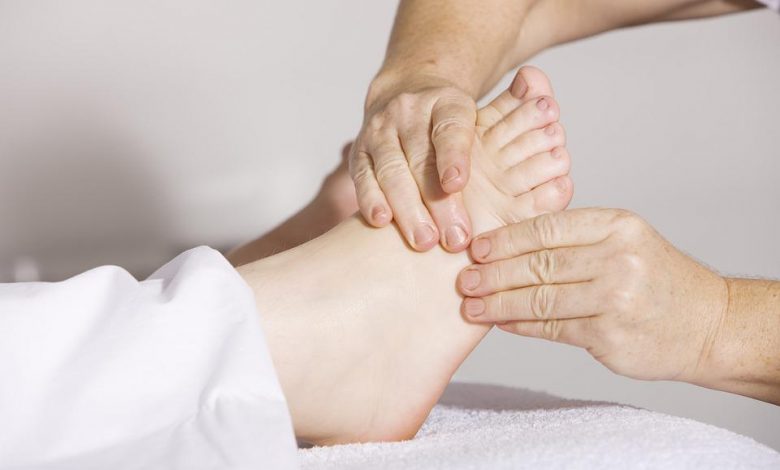How Effective Is Duloxetine For Nerve Pain?

Nerve pain also called neuralgia or neuropathic pain occurs when a health condition affects the nerves that carry sensation to the brain. It is a particular type of pain that feels different from other kinds of pain.
There are different types of nerve pain, including:
• post-herpetic — this can happen after you’ve had shingles (herpes zoster) and affects the same area as the shingles rash
• trigeminal— causing pain in the jaw or cheek
• occipital — causing pain at the base of your skull that can spread to the back of your head
• pudendal — causing pain in the ‘saddle area’ between the legs
Nerve pain often feels like a shooting, stabbing, or burning sensation. Sometimes it can be as sharp and sudden as an electric shock. People with neuropathic pain are often very sensitive to touch or cold and can experience pain as a result of stimuli that would not normally be painful, such as brushing the skin. It’s often worse at night. It might be mild or it might be severe.
About 1 in 3 Americans experience chronic pain. Of those, 1 in 5 experience neuropathic pain. A 2014 study estimated that as many as 10 percent of Americans experience some form of neuropathic pain.
What is Duloxetine?
Duloxetine is used to treat depression in adults and generalized anxiety disorder (GAD; excessive worry and tension that disrupts daily life and lasts for 6 months or longer) in adults and children 7 years of age and older. Duloxetine is also used to treat pain and tingling caused by diabetic neuropathy (damage to nerves that can develop in people who have diabetes) in adults and fibromyalgia (a long-lasting condition that may cause pain, muscle stiffness and tenderness, tiredness, and difficulty falling asleep or staying asleep) in adults and children 13 years of age and older. It is also used to treat ongoing bone or muscle pain such as lower back pain or osteoarthritis (joint pain or stiffness that may worsen over time) in adults. Duloxetine is in a class of medications called selective serotonin and norepinephrine reuptake inhibitors (SNRIs). It works by increasing the amounts of serotonin and norepinephrine, natural substances in the brain that help maintain mental balance and stop the movement of pain signals in the brain.
Duloxetine may help control your symptoms but will not cure your condition. It may take 1 to 4 weeks or longer before you feel the full benefit of duloxetine. Continue to take duloxetine even if you feel well. Do not stop taking duloxetine without talking to your doctor. Your doctor will probably decrease your dose gradually. If you suddenly stop taking duloxetine, you may experience withdrawal symptoms such as nausea; vomiting; diarrhea; anxiety; dizziness; tiredness; headache; pain, burning, numbness, or tingling in the hands or feet; irritability; difficulty falling asleep or staying asleep; sweating; and nightmares. Tell your doctor if you experience any of these symptoms when your dose of duloxetine is decreased.
How should I take duloxetine for nerve pain?
Take duloxetine exactly as prescribed by your doctor. Follow all directions on your prescription label and read all medication guides or instruction sheets. Your doctor may occasionally change your dose.
Taking duloxetine in higher doses or more often than prescribed will not make it more effective, and may increase side effects.
The dosage of duloxetine for nerve pain is as follows:
Adult dosage (ages 18–64 years)
• Typical starting dosage: 60 mg per day.
• Maximum dosage: 60 mg per day.
Child dosage (ages 0–17 years)
Dosage for people younger than 18 years hasn’t been established.
How effective is duloxetine for nerve pain?
Studies have shown that duloxetine at 60 mg daily is effective in treating painful diabetic peripheral neuropathy in the short term (up to 12 weeks). There is also moderately strong evidence that duloxetine 60 mg and 120 mg daily are efficacious for treating pain in diabetic peripheral neuropathy and fibromyalgia but 20 mg daily is not. Minor side effects are common at therapeutic doses but serious side effects are rare.
Like most antidepressants, it will take some time before you feel the beneficial effects of duloxetine on nerve pain. Some people will feel better after about a week on the drug and most will feel better by four to five weeks after starting. You should not stop the drug until you speak with your doctor or healthcare provider. Diabetic peripheral neuropathic pain affects up to 5 million Americans.





